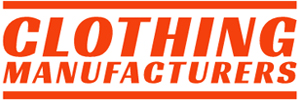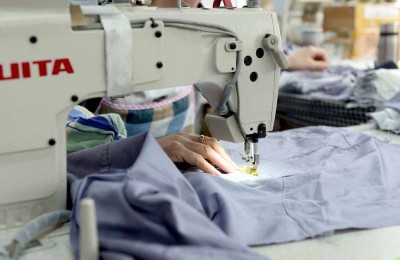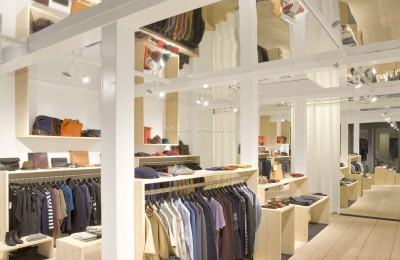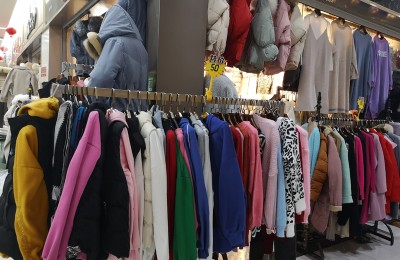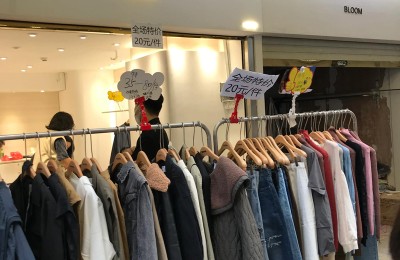Current status and prospects of inkjet printing
Current status and prospects of inkjet printing
Digital printing of textiles will increase in the future. This technology has many advantages, such as the ability to produce dim samples, small batch production, great flexibility, no harm to the environment and sales-related aspects, etc. Let’s study the numbers. Printing hardware suppliers and users can clearly picture the future textile production line. Doing old things with new methods is innovation.” Economist Schumpeter’s famous saying illustrates the situation of textile printing. Analog printing will gradually be replaced by digital printing in the future.
The era of digital printing and the advantages of digital printing:
The digital era has also begun in textile printing.
On the whole, the first thing is to save time. Inkjet printing greatly shortens the design and industrial production process. In an emergency, color preparation, sample production, design changes, etc. can be completed in just one night. Secondly, it also greatly reduces the cost, ranging from 50% to 90%. Inkjet printing enables luxury products (fashion design, etc.), specially customized products (such as guard clothing and curtains for the mayor’s office, etc.), and small batch products. . Now the number of products in small batches is rising and will reach important proportions.
Another advantage is prompt delivery, production and delivery are completed almost simultaneously. This is especially important when it comes to reducing inventories and running fashion. Digitization also creates jobs, and the increase in wages is compensated by savings in transportation and other costs (e.g. risk, scrap, warehouses).
Post-digital production is environmentally friendly, with very little waste water, energy consumption and waste disposal. Thanks to software that optimizes the process, there is almost no textile waste and dye emissions.
The first is the manufacturer of the printing machine, which is still carrying out scientific research work and also affects some materials such as screens (printing), films, and inks, some of which have been eliminated (screens, films, chemicals). The rest is spent on digital technology. Dyestuff and ink makers mobilized to adopt new technologies. In addition, washing and fixing units must also be integrated into the printing process. In the future, washing and color fixing will become part of the printing machine rather than a separate piece of equipment. Sewing machines and other packaging processes will also be more integrated into the printing unit.
The second impact is of course on printing workers. There are fewer and fewer of these people in Western Europe, and now they have to transfer from other industries. The proportion of globalized companies will decrease while regional ones will increase. This trend is also seen in the garment industry. But there will also be big changes in design, marketing/sales and trade. In the field of design, technology transfer and sales are increasingly important, especially when linked to digital media. There must be new concepts in marketing and sales, especially for high-end products, transfer and sales are also very important.
Consider the future of digitally ordering bed sheets: Teenagers are fans of singer Jackson. The parents need to buy a bed sheet for him from an online store, select one from about 2,000 pictures of singers and mail it to the online store. For this purpose, the store purchases a data sheet that can only be used once from the technology transfer department, and then The flowers used to print the sheets are washed, packaged and delivered to users the next day. There will also be new concepts in the clothing industry. Even expensive fashion brands use the Internet to scan and measure their bodies. Consumers will be the beneficiaries. There are countless textile products to choose from. The manufacturers of digital printing machines include:
What will the future digital printing production line look like?
Printing-fixing unit, washing unit, digital cutting unit-sewing-packaging unit can be combined together if the manufacturers work hard. Anne Mulcahy, the boss of Xerox Company, said it well. Now many printing and dyeing factories believe that they are suitable for the new market. It is beyond our power, but in fact many digital printing machines are not sold to printing and dyeing factories. Many people from completely different industries are also involved in digital printing. IgxXiZJnH
Disclaimer:
Disclaimer: Some of the texts, pictures, audios, and videos of some articles published on this site are from the Internet and do not represent the views of this site. The copyrights belong to the original authors. If you find that the information reproduced on this website infringes upon your rights, please contact us and we will change or delete it as soon as possible.
AA
